
This is the first time I arrive at De Laguna Park, Pulau Indah, Port Klang, Selangor. I move from my house early in the morning since I’m not sure the location of the tournament. It is actually very easy to go there through KESAS Highway and I arrive there within the time.
Bellows are some of the pictures taken around the location of the tournaments:

Car Parks

Terrace Houses Nearby

Jetty Link to the Playing Hall

Playing Hall

Surau Nearby

Playing Venue in the Evening

And Not Miss, GiloCatur with His Nice T-Shirt?!
My performance overall in this tournament is quite satisfactory since it is almost two and half years I do not participate in any chess tournaments. I get 4 points out of 7 games (see the full results here). I was ranked as no. 36 based on national rating and manage to get no. 30 out of 88 players.
I lost two games against two champions, i.e. Mohd Hussein Jamil (Champion for Sukan Kerajaan Tempatan Negeri Selangor 2009 – see here) and Hamid Jusoh (Champion for Pencarian Jaguh Catur Terengganu 2008 – see here). Another game, I lost due to time trouble but not positional lost.
Here are my games in this tournament:
Round 1
[Event "De Laguna Park Port Klang Open 2009"]
[Date "2009.07.12"]
[Round "1"]
[White "Shasnonshah"]
[Black "Ahmad Termizi, Abdullah"]
[Result "1-0"]
[ECO "B20"]
[PlyCount "48"]
1. e4 c5 2. d3 Nc6 3. a3 e5 4. Nf3 Nf6 5. h3 Be7 6. Nc3 d5 7. exd5 Nxd5 8. Bd2 O-O 9. Be2 b6 10. Ne4 Nd4 11. Nxe5 Qc7 12. Nf3 Nxf3+ 13. Bxf3 Bb7 14. O-O Rfe8 15. Ng3 Nf6 16. Bc3 Rad8 17. Bxb7 Qxb7 18. Bxf6 Bxf6 19. Qg4 Bxb2 20. Rab1 Bxa3 21. Nf5 g6 22. Qg5 Qd5 23. Ne7+ Rxe7 24. Qxe7 Qd7 1-0
Even I have lost a rook to a piece, at the end of the game I managed to get two connected passed pawn. Neverthelss, I resign 3 seconds before my flag falled down. I had offered a drawn before that but it was rejected since my opponent knew that I am in a serious time trouble.
Round 2
[Event "De Laguna Park Port Klang Open 2009"]
[Date "2009.07.12"]
[Round "2"]
[White "Ahmad Termizi, Abdullah"]
[Black "Ibnu Al-Haitam"]
[Result "1-0"]
[ECO "B00"]
[PlyCount "51"]
1. e4 a5 2. d4 c6 3. Nf3 e6 4. Nc3 Be7 5. Bd3 b5 6. a3 a4 7. Bf4 Bb7 8. O-O h6 9. d5 exd5 10. exd5 g5 11. dxc6 dxc6 12. Be5 Bf6 13. Re1 Bxe5 14. Nxe5 Ne7 15. Qf3 O-O 16. Qh5 Kg7 17. Ng4 Ng8 18. Rad1 Qb6 19. Ne3 Bc8 20. Ne4 f6 21. Ng3 Ne7 22. Nef5+ Bxf5 23. Rxe7+ Kg8 24. Bxf5 Rd8 25. Qf7+ Kh8 26. Qh7# 1-0
Round 3
[Event "De Laguna Park Port Klang Open 2009"]
[Date "2009.07.12"]
[Round "3"]
[White "Sheikh Hanafi"]
[Black "Ahmad Termizi, Abdullah"]
[Result "0-1"]
[ECO "D30"]
[PlyCount "49"]
1. d4 d5 2. c4 e6 3. a3 c6 4. c5 Nf6 5. Bg5 Nbd7 6. Nc3 Be7 7. h3 O-O 8. Nf3 b6 9. b4 bxc5 10. bxc5 Ne4 11. Bxe7 Qxe7 12. Qc2 e5 13. dxe5 Qxc5 14. Rc1 Qxf2+ 15. Kd1 Qb6 16. Nxe4 dxe4 17. Qxe4 Qb3+ 18. Ke1 Qxa3 19. Rxc6 Bb7 20. e6 Bxc6 21. Qxc6 Qb4+ 22. Kf2 Qc5+ 23. Qxc5 Nxc5 24. exf7+ Rxf7 25. e3 0-1
My opponent in this game won as the 'best player' for Teluk Gong.
Round 4
[Event "De Laguna Park Port Klang Open 2009"]
[Date "2009.07.12"]
[Round "4"]
[White "Mohd Hussein, Jamil"]
[Black "Ahmad Termizi, Abdullah"]
[Result "1-0"]
[ECO "B33"]
[PlyCount "20"]
1. e4 c5 2. Nf3 Nc6 3. d4 cxd4 4. Nxd4 Nf6 5. Nc3 e5 6. Nb3 Bb4 7. Bc4 Nxe4 8. Bxf7+ Kf8 9. Qf3 Nf6 10. Bd5 Nd4 1-0
This was the second time I played against Hussein in the tournament. I did not remember in which tournament it was in the first time but I do remember that I also lost the previous game.
Is sacrifice made by White in this game fine?
Round 5
[Event "De Laguna Park Port Klang Open 2009"]
[Date "2009.07.12"]
[Round "5"]
[White "Ahmad Termizi, Abdullah"]
[Black "Shamsul"]
[Result "1-0"]
[ECO "B07"]
[PlyCount "20"]
1. e4 d6 2. d4 e6 3. Nf3 Nd7 4. Nc3 c5 5. Bc4 a6 6. O-O Be7 7. Qe2 b5 8. Nxb5 axb5 9. Bxb5 cxd4 10. Nxd4 Qc7 1-0
I have lost a piece, but it compensated with two connected passed pawns. I managed to promote one of my humble pawn to be a queen and won the game during time trouble.
Round 6
[Event "De Laguna Park Port Klang Open 2009"]
[Date "2009.07.12"]
[Round "6"]
[White "Ahmad Termizi , Abdullah"]
[Black "Hashim, Jusoh"]
[Result "0-1"]
[ECO "B01"]
[PlyCount "42"]
1. e4 d5 2. exd5 Nf6 3. Nf3 Nxd5 4. Nc3 g6 5. Bc4 Nxc3 6. bxc3 Bg7 7. O-O O-O 8. d4 c5 9. Bb2 Nc6 10. dxc5 Qa5 11. Qe2 Qxc5 12. Rad1 Bg4 13. Rd5 Qb6 14. Bb3 e6 15. Rg5 Bxf3 16. Qxf3 Rfd8 17. Ba1 Rd7 18. c4 Bxa1 19. Rxa1 Nd4 20. Qh3 Qd8 21. c3 Nxb3 0-1
I have made a blunder at move 21 and resign after that. As Tartakower said "Blunders are always there on the board, waiting to be made." And I have made one in this game.
Round 7
[Event "De Laguna Park Port Klang Open 2009"]
[Date "2009.07.12"]
[Round "7"]
[White "Tony, Lee"]
[Black "Ahmad Termizi, Abdullah"]
[Result "0-1"]
[ECO "B33"]
[PlyCount "32"]
1. e4 c5 2. Nf3 Nc6 3. d4 cxd4 4. Nxd4 Nf6 5. Nc3 e5 6. Nf3 Bb4 7. Bd3 d5 8. Bd2 Bxc3 9. Bxc3 dxe4 10. Nxe5 Nxe5 11. Bxe5 exd3 12. Qxd3 Qxd3 13. cxd3 O-O 14. Bxf6 gxf6 15. O-O Rd8 16. Rad1 Be6 0-1
The rest of the game is a matter of technique.
During prize giving ceremony, the organiser made a lucky draw but it was not a lucky day for me. I drove back home brought nothing unless

a hanging pen as a souvenier for all participants in this tournament. Isk...isk..isk...
See you all in other tournaments.
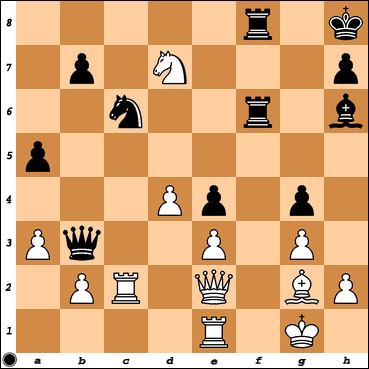
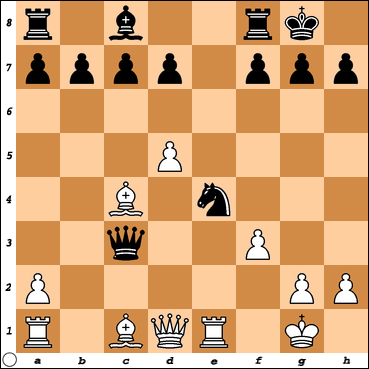
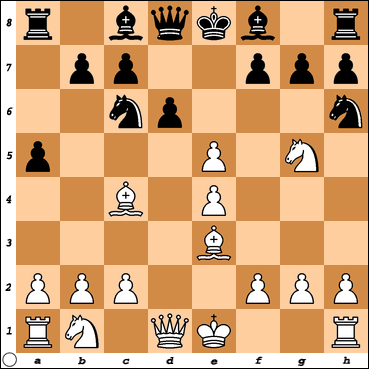
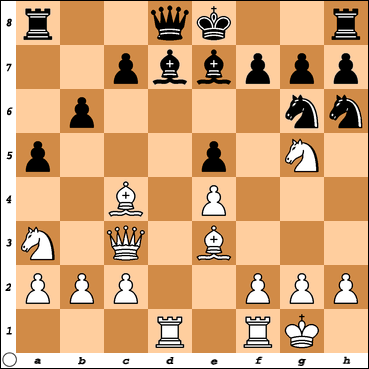
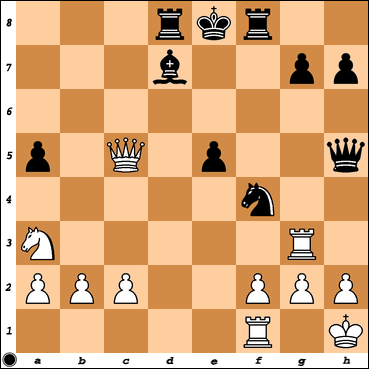
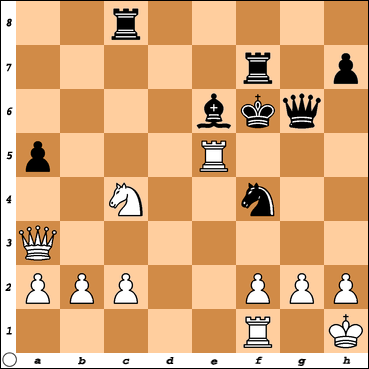



 Car Parks
Car Parks 


























.jpg)







